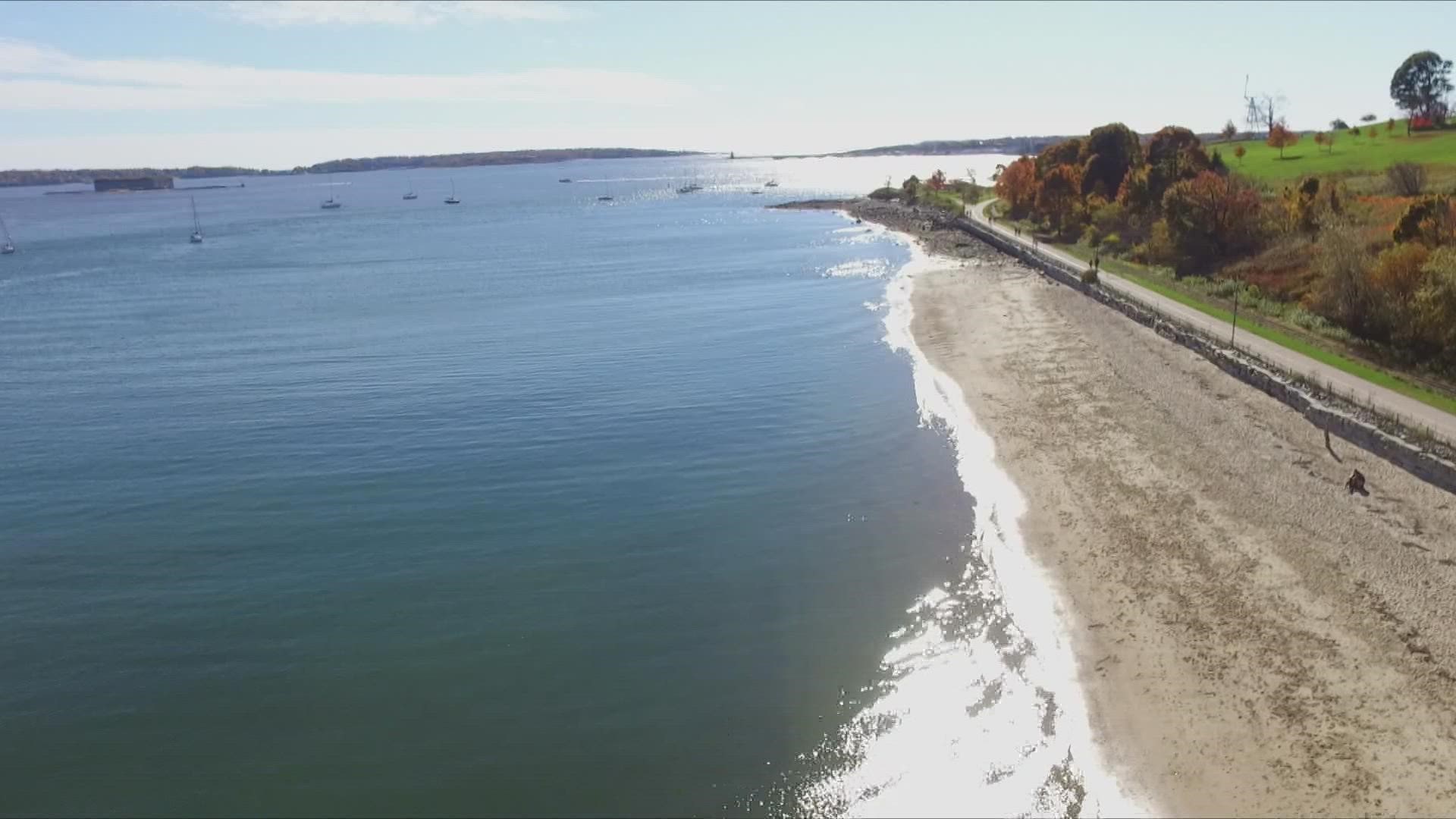PORTLAND, Maine — Fifty years ago, the Clean Water Act changed the way we treat our natural resources such as oceans, lakes, rivers, and streams.
On Oct. 18, 1972, Congress overrode President Richard Nixon's veto of the act, and it became law.
The Clean Water Act established the basic structure for regulating discharges of pollutants into the waters of the United States and regulating quality standards for surface waters.
It also provided federal funds for the construction of sewage treatment plants, including the Portland Water District's East End Wastewater Treatment Plant, which was built in 1979.
"The Clean Water Act recognized that something had to be done to manage that pollution," Scott Firmin, director of wastewater operations for PWD, said. "It helped provide funding for facilities like this to be built."
Federal grants covered 80 percent of the costs. State funds covered 10 percent, and local funds paid for the remaining 10 percent.
The architect of this landmark legislation was former Maine Gov. and U.S. Sen. Ed Muskie. He chaired the Subcommittee on Air and Water Pollution and became the Senate's leading authority on the subjects. Muskie and his team largely shaped the bill that became law in 1972.
"Without that influx of federal funding and cash, places like this wouldn't have gotten built, and we wouldn't be talking about the wonderful water quality of Casco Bay," Firmin said.
At the time, it was critical.
In 1963, the city of Portland closed the East End Beach because of severe pollution from raw sewage. One year after the facility was built, the city was able to reopen the beach. Today, it's a place now common for people to launch kayaks and paddleboards and bring their dogs for a swim.
"This is one of the first places our dogs Tully and Gia would go swimming in the ocean," said Emilia Toro, who brings her two dogs to the beach weekly. "Tully would be in there for hours if it weren't for me saying, 'You're going to get too cold.' It's sad to hear that a place as special as this could have been so different."
To celebrate the 50th anniversary of the CWA, the PWD hosted public tours of its wastewater treatment facility.
"We haven't done a great job of letting people know what we do and the importance of what we do. I think a lot of utilities, we've tried to get our jobs kind of quietly, and we've created the ability for people to take what we do for granted," Firmin said. "When we open our doors, we bring in people and honestly, I'm surprised when people show up on a Wednesday afternoon to learn what we do."
On a typical day, Portland residents and businesses generate 20 million gallons of wastewater, according to PWD. That water enters a system of pipes and ends up at this plant.
Screens, sedimentation tanks, microorganisms, and disinfectants all work together to remove contamination. Finally, that wastewater is clean enough to go into Casco Bay.
When they want or need to make improvements, that comes with a cost.
"When we spend a dollar toward infrastructure, people start to understand the value of that and not only hopefully are they willing to pay it, but they want to pay it," Firmin said.
Costs the water district says ultimately benefit the places we love to work and play.
"I'm grateful to have to have an open place for us to come for so many people to come," Toro said. "It's just a peaceful fun spot."
And clean, too.

